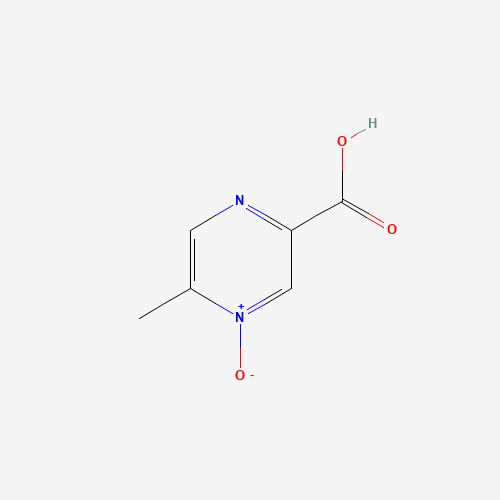| Pharmaceutical Information |
| Drug Name |
Acipimox |
| Drug ID |
BADD_D00035 |
| Description |
Acipimox is a niacin derivative used as a hypolipidemic agent. It is used in low doses and may have less marked adverse effects, although it is unclear whether the recommended dose is as effective as are standard doses of nicotinic acid. Acipimox inhibits the production of triglycerides by the liver and the secretion of VLDL, which leads indirectly to a modest reduction in LDL and increase in HDL. Long-term administration is associated with reduced mortality, but unwanted effects limit its clinical use. Adverse effects include flushing (associated with Prostaglandin D2), palpitations, and GI disturbances. Flushing can be reduced by taking aspirin 20-30 min before taking Acipimox. High doses can cause disorders of liver function, impair glucose tolerance and precipitate gout. |
| Indications and Usage |
Used in the treatment of hyperlipidemias (abnormally elevated levels of any or all lipids and/or lipoproteins in the blood). |
| Marketing Status |
approved; investigational |
| ATC Code |
C10AD06 |
| DrugBank ID |
DB09055
|
| KEGG ID |
D07190
|
| MeSH ID |
C027696
|
| PubChem ID |
5310993
|
| TTD Drug ID |
D0S1NZ
|
| NDC Product Code |
Not Available |
| UNII |
K9AY9IR2SD
|
| Synonyms |
acipimox | 5-methylpyrazine-2-carboxylic acid 4-oxide | 5-methylpyrazinecarboxylic acid 4-oxide | Nedios | Olbetam | Olbemox |
|
| Chemical Information |
| Molecular Formula |
C6H6N2O3 |
| CAS Registry Number |
51037-30-0 |
| SMILES |
CC1=CN=C(C=[N+]1[O-])C(=O)O |
| Chemical Structure |

|
|
| ADRs Induced by Drug |
|
|
*The priority for ADR severity classification is based on FAERS assessment, followed by the most severe level in CTCAE rating. If neither is available, it will be displayed as 'Not available'.
**The 'Not Available' level is hidden by default and can be restored by clicking on the legend twice..
|
|
|

